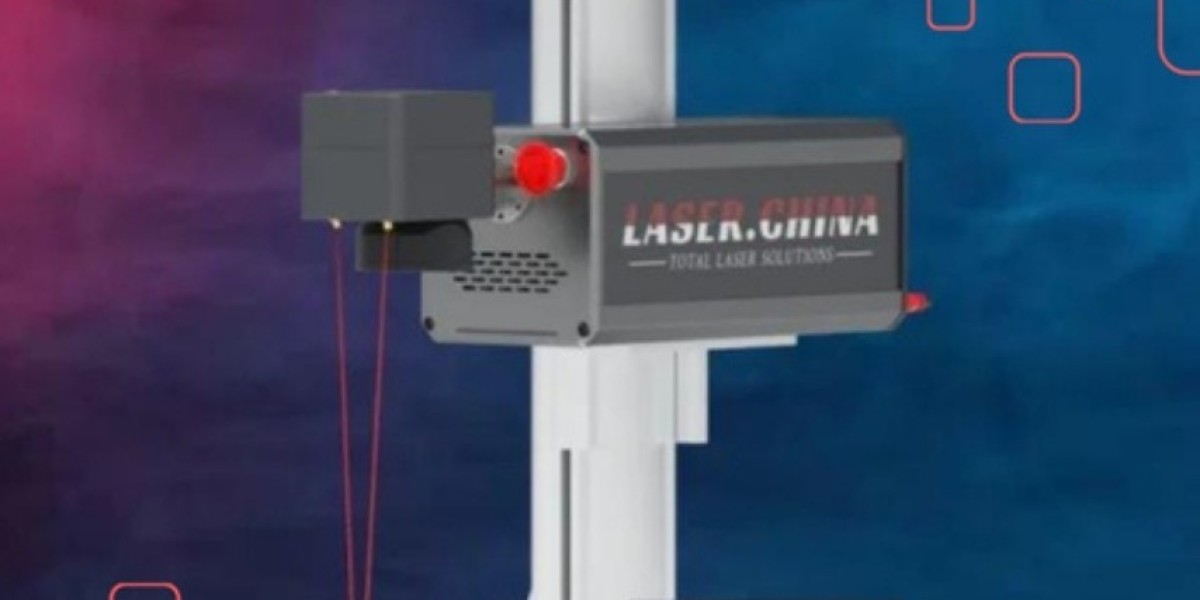A laser nozzle is a critical component in laser cutting and welding systems, serving as the conduit through which the laser beam and assist gas are directed onto the material. This seemingly simple device plays a pivotal role in ensuring the precision, efficiency, and quality of the laser process. In this article, we will explore the function, types, and importance of laser nozzles, as well as factors influencing their selection.
Function of a Laser Nozzle
The laser nozzle is designed to focus the laser beam onto the material with high accuracy while simultaneously delivering an assist gas, such as oxygen, nitrogen, or compressed air. The assist gas performs multiple functions:
- Material Removal: It clears away molten material, ensuring a clean cut or weld.
- Cooling: It prevents excessive heat buildup around the cutting or welding area.
- Oxidation Control: The gas can either promote or inhibit oxidation, depending on the process requirements.
The nozzle's design and positioning are crucial for maintaining a consistent beam focus and gas flow. Misalignment or improper selection can result in poor-quality cuts, increased dross, or inefficient energy usage.
Types of Laser Nozzles
Laser nozzles come in various shapes and sizes, tailored to specific applications and machine configurations. The two primary types are:
- Single Nozzle: Used primarily for cutting applications. It directs the assist gas to blow away molten material effectively.
- Double Nozzle: Often used in welding applications, it allows for a more controlled gas flow and enhanced protection of the welding zone.
Nozzles are also categorized based on their shape:
- Conical Nozzles: Preferred for precision cutting due to their focused gas stream.
- Cylindrical Nozzles: Suitable for thicker materials as they provide a broader gas coverage.
Importance of Laser Nozzles
- Cut Quality: The nozzle ensures the laser beam is accurately focused, which directly impacts the quality of the cut or weld. A misaligned or damaged nozzle can result in irregular edges, dross, or burns.
- Process Efficiency: Proper nozzle design minimizes energy loss, improves cutting speed, and reduces gas consumption.
- Equipment Protection: By delivering assist gas, the nozzle prevents debris from reaching and damaging the laser lens or optics.
- Versatility: Nozzles can be adapted for various materials and thicknesses, enhancing the machine’s versatility.
Factors Influencing Nozzle Selection
When choosing a laser nozzle, several factors must be considered:
- Material Type: Different materials require specific gas types and flow rates. For instance, oxygen is used for carbon steel, while nitrogen is preferred for stainless steel to achieve oxidation-free cuts.
- Material Thickness: Thicker materials may need nozzles with larger diameters to accommodate higher gas flow.
- Beam Quality: High-precision applications require nozzles that ensure minimal beam distortion.
- Machine Compatibility: The nozzle must be compatible with the laser machine's design and power specifications.
Maintenance and Care
Regular cleaning and inspection of the nozzle are essential to maintain optimal performance. Debris buildup or physical damage can compromise gas flow and beam alignment, leading to reduced efficiency and quality. Replacing worn-out nozzles promptly ensures consistent results and prevents downtime.
In summary, the laser nozzle is an indispensable component that bridges the laser source and the material being processed. Its design, selection, and maintenance significantly influence the efficiency and quality of laser cutting and welding operations, making it a vital aspect of any laser system.








